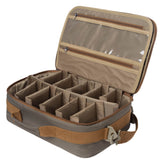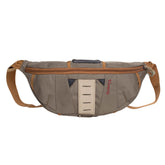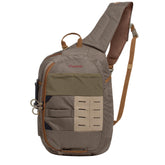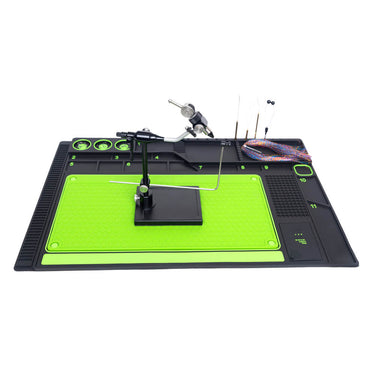Angling for Pike-Perch: A Fly Fishing Approach
Fly fishing for pike-perch (also known as zander in Europe) can be an exciting and rewarding challenge. These predatory fish are known for their sharp vision, ambush tactics, and preference for low-light conditions. Here’s a comprehensive guide to help you target them effectively with a fly rod.
1. Understanding Pike-Perch Behavior
Habitat: Found in deep, clear lakes, slow-moving rivers, and reservoirs with sandy or rocky bottoms.
Feeding Habits: Primarily nocturnal or crepuscular (dawn/dusk), feeding on smaller fish, crayfish, and insects.
Aggression: Less aggressive than pike but highly predatory, often striking with precision.
2. Fly Fishing Gear for Pike-Perch
Fly Rod
Weight: 6–8 wt (for casting larger flies and handling strong fish).
Length: 9–10 ft (better line control and mending in deeper water).
Fly Reel
A reliable reel with a smooth drag system (pike-perch make strong runs).
Fly Line
Floating Line: For shallow water or surface presentations.
Intermediate/Sinking Line: For deeper zones (Type III–VI sink rate).
Leader & Tippet
Leader: 7.5–9 ft tapered leader (fluorocarbon for invisibility).
Tippet: 10–20 lb fluorocarbon (abrasion-resistant against teeth).
3. Best Flies for Pike-Perch
Pike-perch prefer streamers and jig-style flies that imitate baitfish or crayfish. Key patterns include:
Baitfish Imitations:
Clouser Minnow (white/yellow, chartreuse)
Zonker Strip (silver/grey)
Deceiver (blue/white)
Crayfish Patterns:
NearNuff Crayfish
Woolly Bugger (brown/olive, size 4–8)
Jig Flies:
Heavy jig hooks with marabou or synthetic fibers for a darting action.
Tip: Use UV-reflective materials—pike-perch have excellent night vision.
4. Presentation & Retrieval
Depth: Fish near the bottom (use sinking lines or weighted flies).
Retrieve: Slow, erratic strips with pauses (imitating injured prey).
Low-Light Focus: Dawn, dusk, or overcast days are best.
Structure: Target drop-offs, weed edges, and submerged rocks.
5. Seasonal Tips
Spring/Summer: Fish shallow early/late; switch to deeper areas midday.
Autumn: Aggressive feeding before winter—use larger streamers.
Winter: Slow presentations in deep holes (if ice-free).
6. Handling & Conservation
Landing: Use a rubberized net to protect their slime coat.
Release: Handle gently, avoid squeezing; revive in water if needed.
Teeth: Be cautious of their sharp gill plates and teeth.
Final Thoughts
Fly fishing for pike-perch requires patience and precision, but their powerful strikes and challenging nature make them a thrilling target. Experiment with retrieves, fly colors, and depths to find what triggers strikes in your local waters.
Tight lines! 🎣















